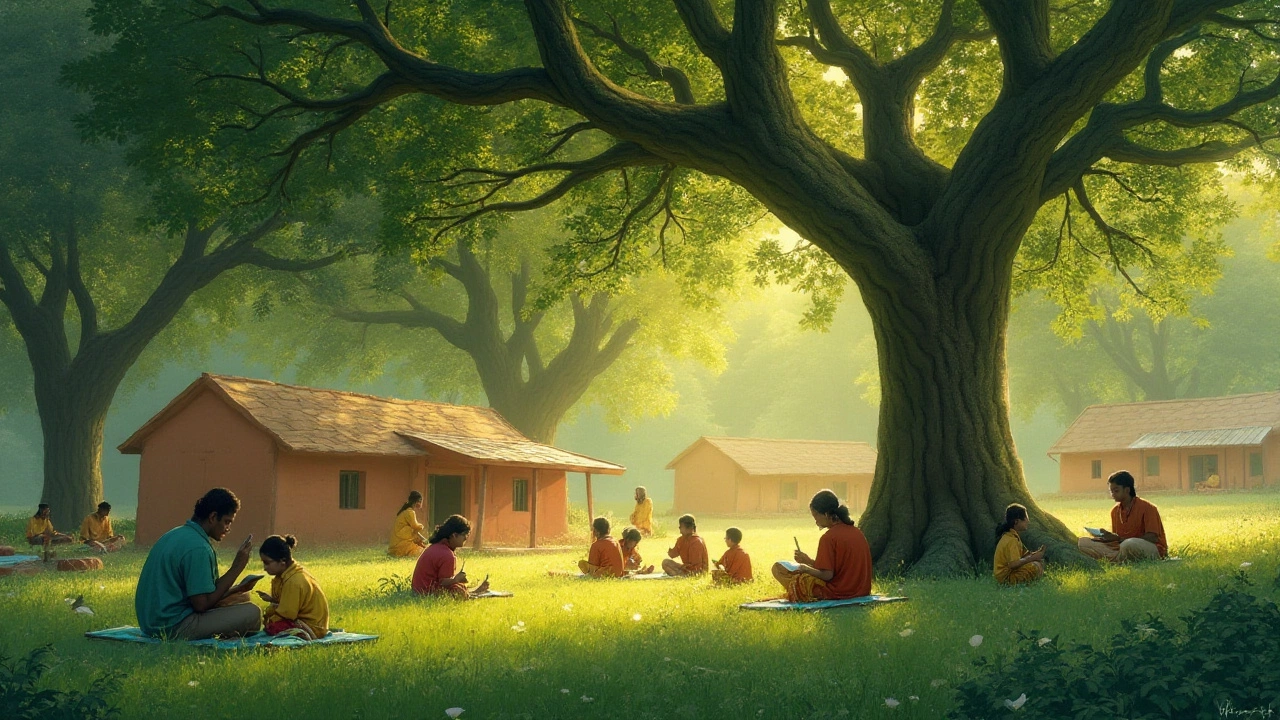World Heritage Site: India's Most Iconic Cultural and Natural Treasures
When you hear world heritage site, a place recognized by UNESCO for its outstanding cultural or natural value to humanity. Also known as UNESCO World Heritage Site, it’s not just a tourist spot—it’s a living piece of history that communities still protect, celebrate, and live with every day. India has 40 of them, more than any country in South Asia, and they’re not stuck in museums. They’re in bustling cities, quiet villages, and remote forests where people still pray, farm, and raise families.
Some of these sites are obvious—the Taj Mahal, the white marble mausoleum in Agra built by Emperor Shah Jahan for his wife—but others are quieter, like the stepwells of Gujarat or the rock-cut caves of Ajanta. Then there’s the Golden Triangle, the classic Delhi-Agra-Jaipur loop that connects three of India’s most important heritage cities, each packed with forts, palaces, and temples that shaped the country’s identity. These aren’t just old buildings. They’re the reason millions come to India—not to see ruins, but to feel the pulse of centuries still beating.
What makes a site truly a world heritage site isn’t just its age. It’s how it’s still used. People still sing in the temples of Khajuraho. Farmers walk the terraces of the Nilgiri Hills. Pilgrims bathe in the Ganges at Varanasi. These aren’t frozen displays—they’re living traditions. And that’s why India’s heritage sites stand out. They don’t just look impressive. They feel real.
What you’ll find below are real stories from people who’ve visited, lived near, or even helped restore these places. Some posts cut through the hype—like whether the Golden Triangle is still worth it. Others reveal hidden corners, like the luxury train that takes you through royal palaces, or why the most beautiful woman in India might be the one cleaning a temple step at dawn. You’ll learn where foreigners really go in Goa, how much 500 rupees gets you, and why crying in a temple isn’t weakness—it’s connection. This isn’t a list of postcards. It’s a guide to what these places actually mean today.
